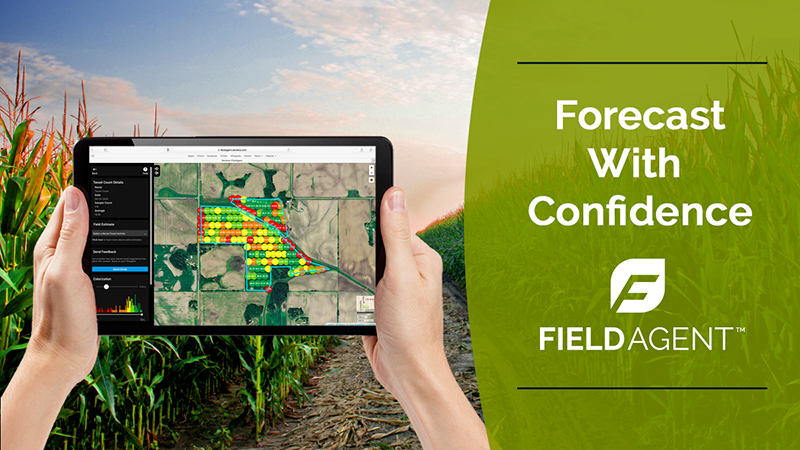How a Digital Platform Is Creating Transparency with Brazilian Harvest Data and Bringing Security to Investors
Soybean cultivation has played a significant role in Brazil’s agricultural landscape, especially in the state of Mato Grosso, consolidating itself as one of the main pillars of the national economy. In the last six harvest years, the area planted with soybeans in the state jumped from 10,363,327.32 hectares to 12,070,346.78 hectares, a significant increase of 16.47% (FarmGuide Soy).
At a national level, the panorama was equally expressive, the total area allocated to soybean cultivation exceeded 44 million hectares, reflecting a growth of 49.5% in the last 10 years (CNN BRASIL, 2022).
Accompanying this growth there was also strong pressure from international investors not to acquire Brazilian soy produced at the expense of deforestation of the largest tropical forest on the planet, the Amazon, resulting in the creation of the Soy Moratorium. This was the first international agreement on zero deforestation in tropical forests on the planet, where exporters and importers committed not to sell soy produced in Amazonian areas deforested after July 2008. Exporters turn to specialized companies, which generally depend on third-party data in the monitoring soybeans grown in deforested areas after 2008, whether in new soybean areas or even in deforested areas.
FarmGuide Soy is a pioneering Brazilian platform for collecting data on soy and deforestation areas, throughout the national territory and with an emphasis on the Amazon and Cerrado biomes. Its proprietary data is based on Artificial Intelligence and is capable of identifying even small areas of forest replaced by soybeans, with a margin of error of just 2%. This platform has already been monitoring national soybean production since the 2016/2017 harvest, focusing on the state of Mato Grosso, property by property.
MORE BY MAURICIO NICOCELLI NETTO
Brazilian Agtech Startup Brings Aerial Application Management Platform to North American Market
How Ag Fintech Is Transforming Brazilian Agribusiness and Its Access to Rural Credit
In addition, it also evaluates the productivity of each soybean-producing plot or property. Alta Floresta, a municipality located in the extreme north of the state, jumped from 21,664.00 hectares of planting in the 2020/2021 harvest to 70,599.10 hectares in the 2022/2023 harvest, with zero deforestation and basically occupying livestock areas degraded by the sudden death of pastures.

FarmGuide Soy is a pioneering a digital platform for collecting data on soy and deforestation areas in Brazil.
Its algorithms, which also evaluate the quality of pasture replaced by soybeans, guarantee greater security for investors concerned about the maintenance of Brazilian forests, their biodiversity, and their contribution to global warming.
The platform is also able to specialize pasture areas in Brazilian municipalities. Currently, the Brazilian government intends to transform more than 40 million hectares of degraded pastures into production areas. Financed by countries such as Japan, these producers will have access to a line of credit with below-market interest rates for this conversion.
If you want to know more about this technology, visit www.farmguide.com.br.










